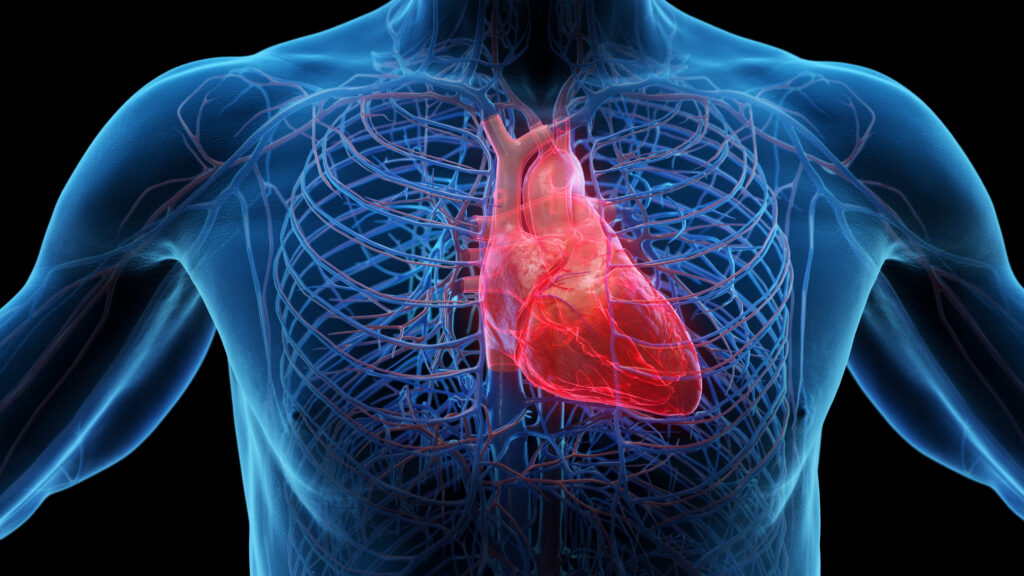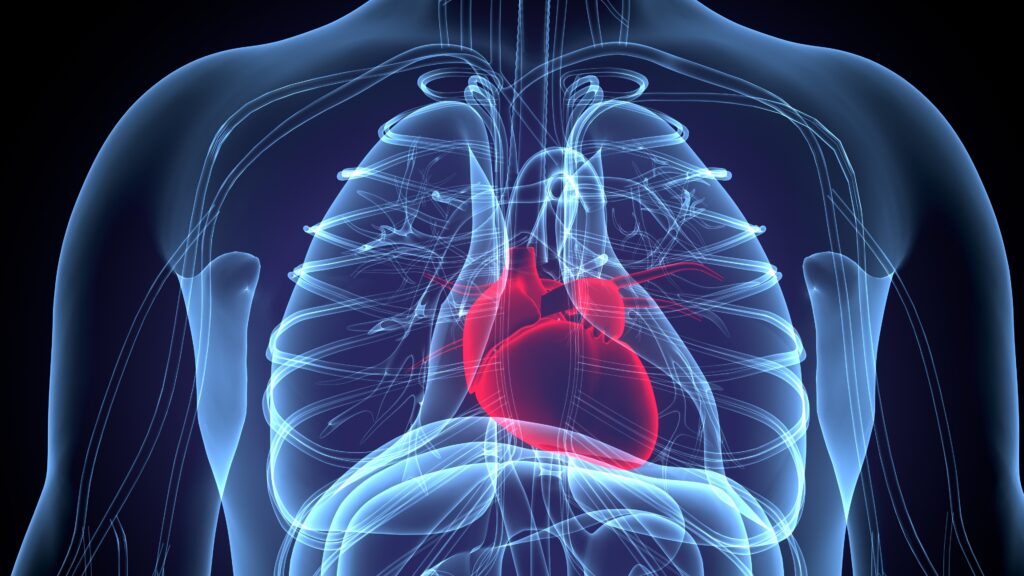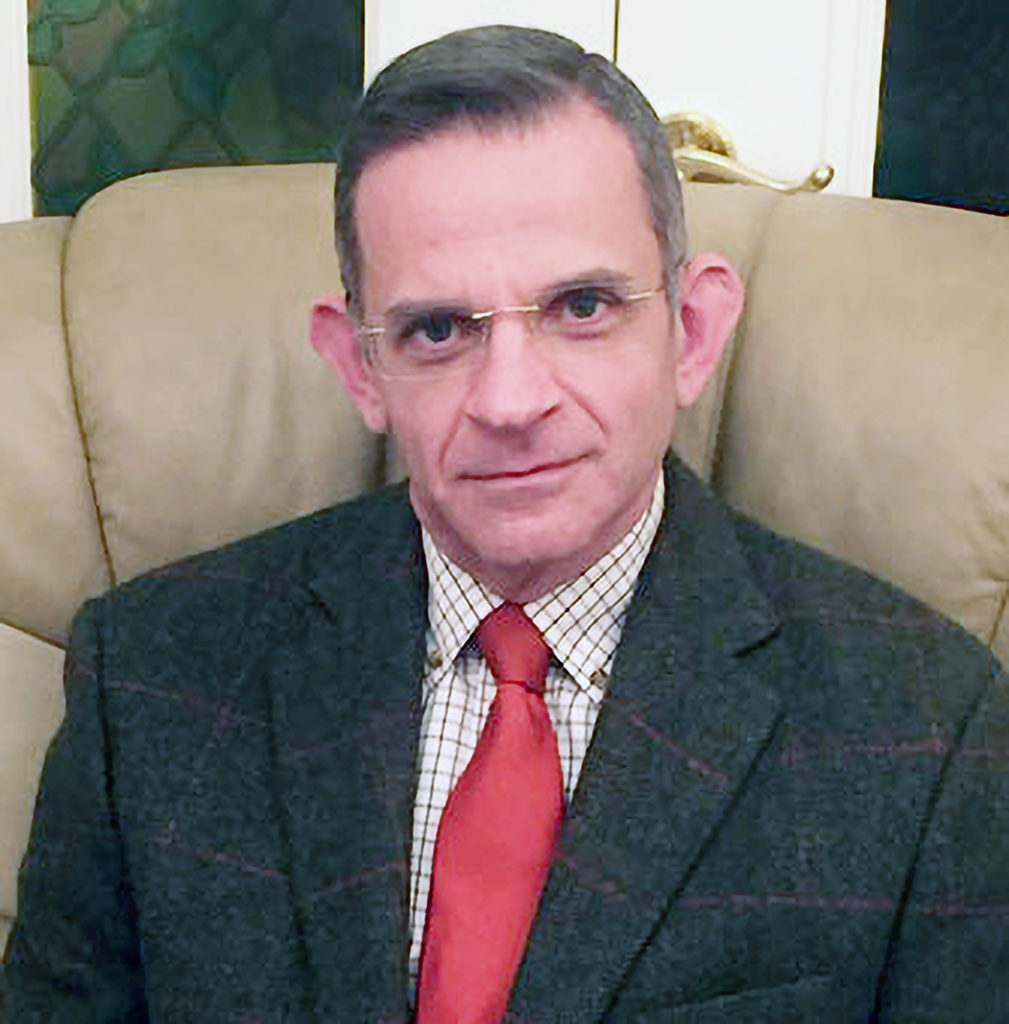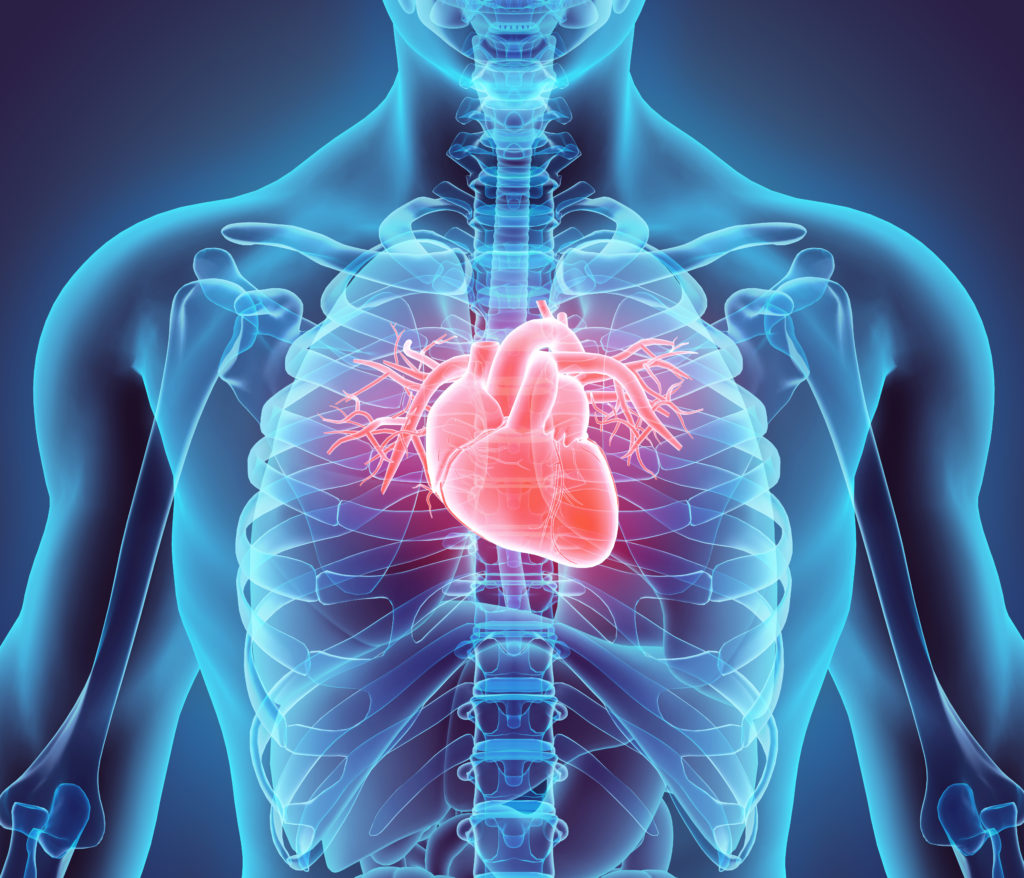Introduction: Implanted loop recorders (ILR) provide long term cardiac monitoring to investigate arrhythmias. ILRs biggest limitation is the low specificity of automated recordings, creating huge volumes of electrograms (EGMs) to be inspected. This burden of work puts strain on services, increases the risk of misdiagnosis, and can lead to inappropriate patient management. To compound this, connectivity of remote monitoring (RM) remains a considerable problem, whereby a significant amount of time is used to establish and maintain connectivity, impacting both resources and patient safety. A new generation Bluetooth ILR was utilised by our centre. It features enhanced algorithms for arrhythmia detection, Bluetooth smartphone connectivity via an App,
remote reprogramming and full remote ECG access without manual transmissions. We sought to audit these new features to assess their EGM accuracy and RM connectivity, in a virtual follow up programme, a common follow up regime in the COVID-19 era.
Methods: We retrospectively audited patients with the novel device, at a tertiary centre, implanted between September 2020 and May 2021. During the follow up period we collected remote connectivity, episode EGMs of all types which were analysed individually to assess false positives. EGMs were reviewed by two Cardiac Scientists with any dubious EGMs escalated to a senior Cardiac Scientist. Ethical approval was attained from our departmental clinical effectiveness team.
Results: We collected 100 consecutive patients with a mean follow up of 59 ± 50 days. The patient/procedural characteristics are summarised in Table 1. 98% of patients had connectivity with the RM by the 1-month review. Of the remaining 2% that were unconnected, one had a monitor, which was unplugged and one utilised the app technology with no email verification. There was a combined total of 3,984 lifetime EGMs. 314 symptom activations and 583 had no EGMs available for review, due to large volumes in 1 transmission. From the remaining 3,087 EGMs, 964 (31.23%) were false positives. Importantly, a large contributor to the burden of false positives was due to atrial tachycardia (AT) detection which incorrectly classified sinus tachycardia as AT tachycardias in 842 recordings. This algorithm was deactivated remotely in all patients after 3 weeks of follow up. When excluding AT EGMs, the false positive burden was 3.95% (122). 23 patients had ≥1 false positive recording, 16 patients had false AT which was then disabled. 7 patients had pauses for undersensing which reduced to 4 after increasing sensitivity. Remote programming reduced the number of patients that had false positives by 82%.
Discussion: Our findings show a low burden of false positive EGMs, 1/10th of what is seen in the literature, where previous ILR devices report a false positive burden of 46-75%. Furthermore, remote reprogramming almost halved the inappropriate detection of pauses. 98% remote monitor connectivity also suggests the ease of use for this technology for patients and indicates that it is effective at monitoring a wide variety of patient demographics and ages.
Conclusion: The new generation Bluetooth ILR used in our centre demonstrates high level of remote monitor connectivity, high arrhythmia specificity, and a more streamlined service. Comparisons with other models should be considered and further assessment of the devices effects on cardiology service.
















